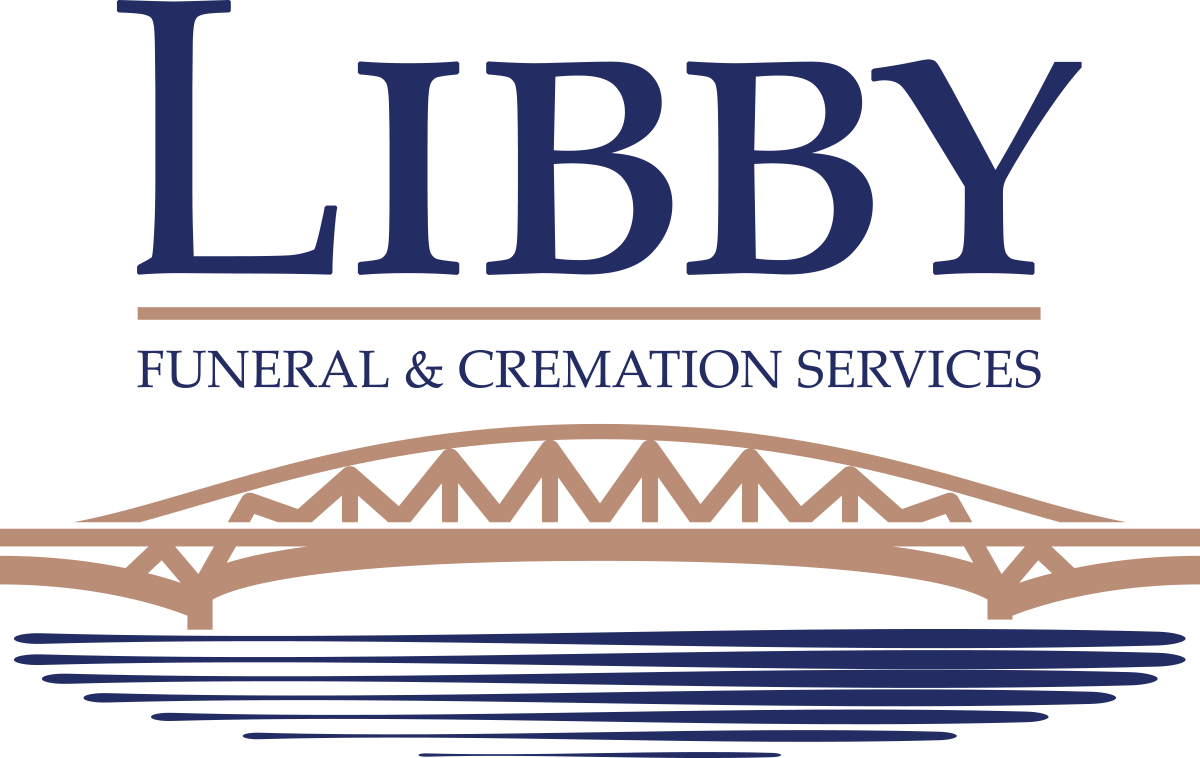What is a Memorial Service?
Unlike a traditional funeral , a memorial service is a gathering where a casket is not present (although the urn with the cremated remains may be on display). A memorial service can be held weeks or even months after the death.
A memorial service is a ceremony that memorializes and honors the deceased after the body has been cremated or buried. A memorial service has the same meaning of any other type of funeral service; honor and pay tribute to the deceased. The service can be held in a church, the funeral home or a community hall, or somewhere of importance to the deceased and family. There is usually music, selected readings, and a eulogy. Memorial services can be further personalized as a celebration-of-life .
Memorial Service Ideas
- What did your loved one like to do?
- What was he or she like as an individual?
- What was their profession and how did that shape their life?
- Was your loved one spiritual?
- Was he or she proud of their cultural or ethnic heritage?
Common Memorial Service Ideas
Below we have outlined some of the most common memorial service ideas that families like to use to honor their loved one.
A Photo Collection or Display
With the advancement in technology, we see a lot of photo slideshows or some type of video tribute. However, we still do come across old-fashioned photo collages.
Display Their Hobbies
If your loved one had a passion for travelling, you could create a showcase that includes their passport, luggage bag, some souvenirs they've picked up, and a map marking all the places they have traveled to.
You could also, create displays for coin collectors, car lovers, and athletes.
Types of Memorial Releases
Increasingly, many memorial services conclude with some type of release – a butterfly release, dove release, or lantern release. It is quite beautiful to see these releases and they help represent a time of transition – “the family and close relatives are letting go of their loved one”.
Why Choose a Memorial Service?
We find the most common reason people choose a memorial service is that they want the extra time to plan a ceremony. Since a memorial service can take place after the body has been buried or cremation, there is no rush to organize a ceremony. Immediately following a death, families are not emotionally ready to have a ceremony – They need time to grieve. Relatives and friends that live far away can organize their schedule to travel for the memorial service.
- Often those not religious choose to have a memorial service as opposed to a traditional funeral because traditional funerals are more often associated with religion.
- Memorial services tend to be cheaper than holding a traditional funeral
- As mentioned above, for some people memorial services serve as the perfect compromise between a celebration of life and traditional funeral service.
- Some people find celebrations of life do not pay enough attention to the deceased and turn into solely a party
How Does a Celebration of Life Differ from a Traditional Funeral?
- A Visitation
- The Funeral Service
- A Committal Service
- The Funeral Reception
- Symbols of shared significance intended to communicate beyond words
- Ritual actions shared by a group of individuals
- Gathered people providing comfort to one another
- Connection to heritage through recognized readings
- Increased physical contact between attendees provide comfort
- Witnessing the transition of the body through burial or cremation







